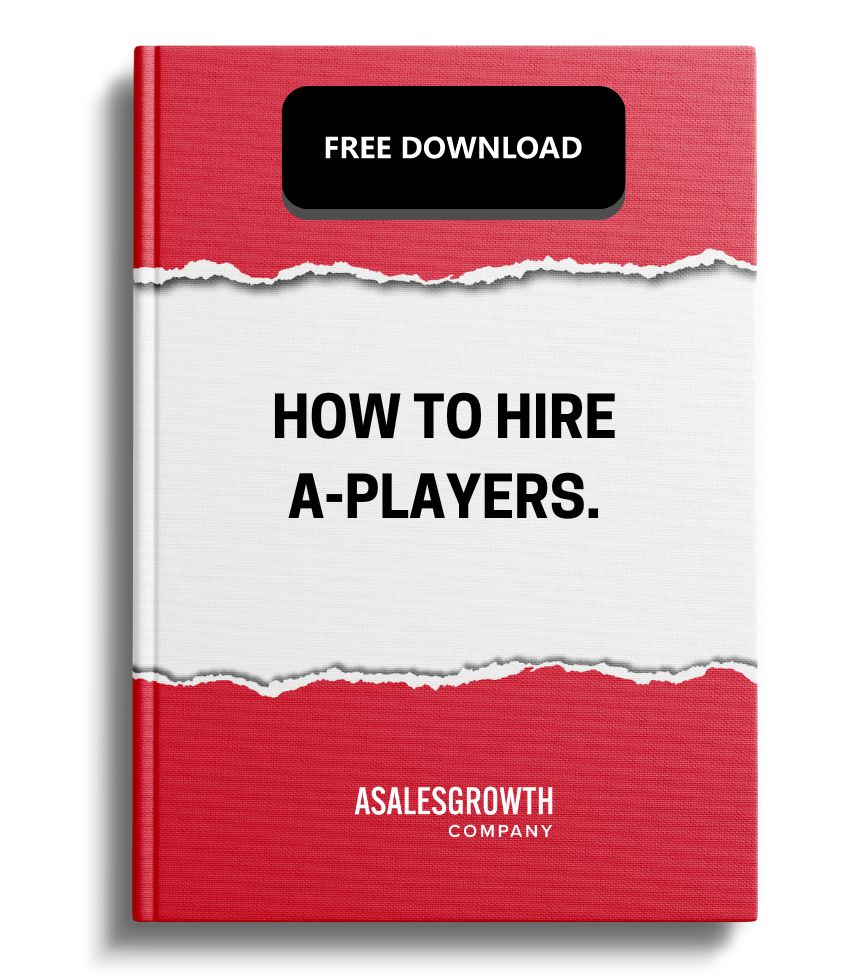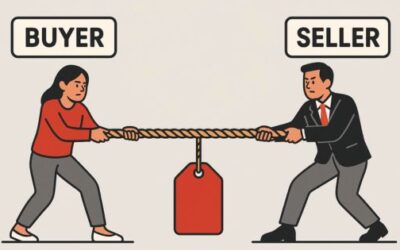Hiring sales talent in 2025 often means reviewing hundreds of applications for a single opening(45% of business leaders spend more than half their time hiring). With more candidates entering the market, the challenge now lies in identifying which ones can actually succeed in the role. Many resumes look impressive at first glance, but few tell you what you really need to know.
If you’re responsible for building a sales team, you need a way to separate strong performers from average applicants. This article outlines practical steps to help you filter candidates effectively, run better interviews, and hire people who will drive results.
Why More Applicants Doesn’t Mean Better Hires
A large applicant pool creates a false sense of abundance. It encourages quick screening, which often favors polished resumes over proven ability. When hiring managers rely on keyword matches or checklist filters, strong candidates without conventional backgrounds get passed over.
Many applicants understand how to game resume reviews. They use industry jargon and well-placed metrics to simulate success. Without a deeper evaluation process, those tactics can push weak candidates forward while the best fits remain buried in the list.
Effective hiring in this environment requires direct assessment of skills, mindset, and decision-making. Strong interview frameworks and structured evaluation criteria make it easier to identify people who can handle the demands of the role, even if their background isn’t traditional.
Rethinking Resume Screening in a High-Volume Market
Resumes offer limited insight into how someone performs. They summarize past roles, but rarely reveal how a candidate thinks, adapts, or solves problems under pressure. In a crowded market, resumes often reflect formatting skills more than job readiness.
Instead of prioritizing titles or company names, focus on outcomes. Look for signs of ownership: did the candidate take initiative, lead a process, or drive measurable results? Track record matters, but only when paired with context. Avoid filtering based on arbitrary years of experience or industry labels.
When screening, keep a short list of role-specific achievements you want to see. Identify candidates who describe how they made an impact, not just where they worked. This shift helps uncover people who can add value, even if their background doesn’t match a standard template.
What Makes a Sales Candidate Truly Stand Out
Top sales candidates take initiative, stay persistent under pressure, and remain open to feedback. These traits reveal more about potential than job titles or years of experience. You can identify them by how a candidate explains their actions and decisions.
Strong applicants describe how they improved processes, solved problems independently, or supported teammates during challenging periods. They look for ways to add value without waiting for instruction.
Pay attention to how they talk about results. Effective candidates explain what they accomplished, how they approached the work, and what changed because of their efforts. They show accountability, describe setbacks clearly, and explain how they adjusted when things didn’t go as planned.
Interview Tactics That Reveal Real Capability
The interview is your best opportunity to evaluate how a candidate thinks and responds under pressure. Use structured questions that require clear, detailed answers.
Begin by asking about their most significant accomplishment. Have them explain the problem, the steps they took, and the outcome. This format highlights how they handle challenges and what results they’ve produced.
Include scenario-based questions that relate directly to the role. If cold outreach is essential, ask how they would approach building a prospect list and starting conversations. Listen for clear reasoning and practical tactics.
Ask follow-up questions when answers lack detail. Clarify what they learned or what they would change in a similar situation. Candidates who understand their own performance can explain outcomes with precision and honesty.
How to Use Volume to Your Advantage
High application volume can slow down the hiring process and reduce decision quality, unless you manage it with structure. Start by defining a clear shortlist of traits or achievements required for success in the role. Use this list to guide resume reviews and initial screenings.
Segment your applicants into tiers based on how closely they meet key criteria. Move the top tier forward first, but keep track of promising candidates in the next tier. Many hires come from this middle group when evaluated more thoroughly.
Standardize the interview process to keep comparisons fair. Use consistent questions, shared scorecards, and defined evaluation criteria. This helps teams assess candidates objectively and spot patterns across interviews.
Finally, track which sources bring in your best hires. When you see strong results from referrals, niche job boards, or local meetups, shift more focus there. Over time, this improves both speed and quality in your pipeline.
Final Advice for Hiring Managers in a Crowded Market
In a crowded hiring environment, keyword filters and job title comparisons don’t go far enough. Focus on how candidates solve problems, handle pressure, and create value. These traits point to real performance.
Establish a clear process and follow it consistently. Use structured questions, define your evaluation standards, and bring in multiple perspectives when possible. This improves decision quality and helps you stay focused on the criteria that matter.
Top sales talent often comes from unexpected sources. Strong performers don’t always have the smoothest resumes or the most conventional backgrounds. Stay focused, ask the right questions, and keep your hiring standards tied to outcomes




0 Comments